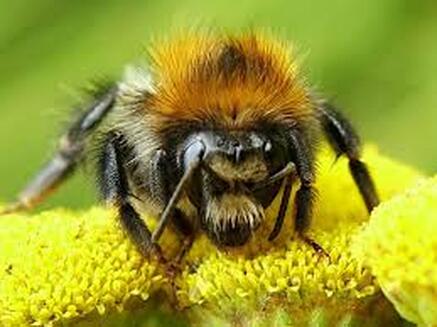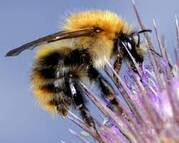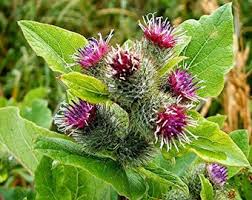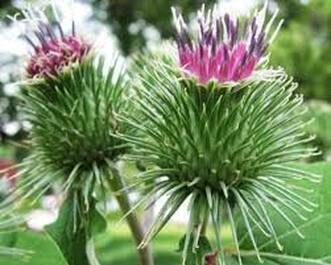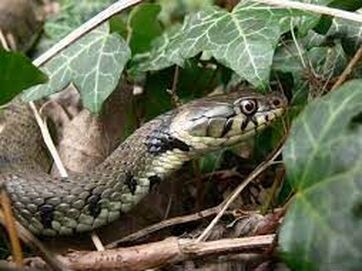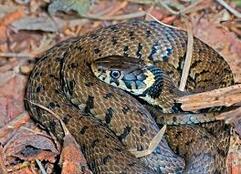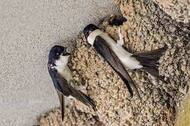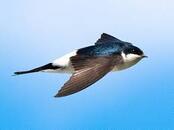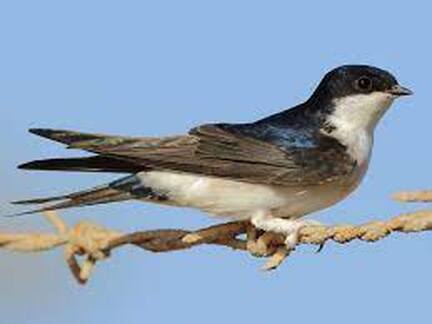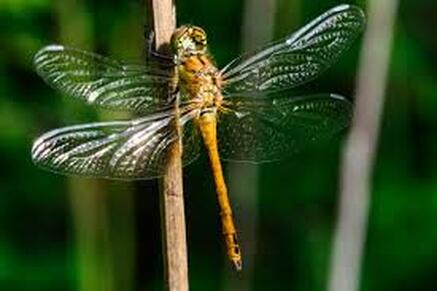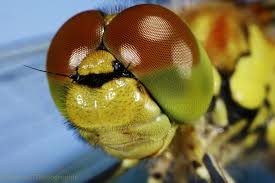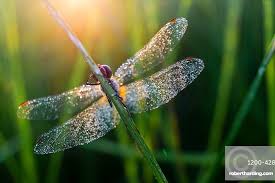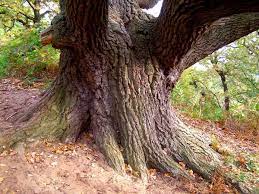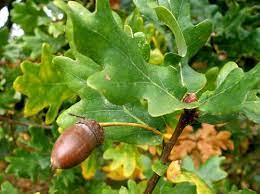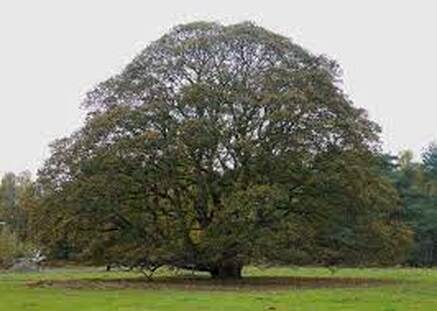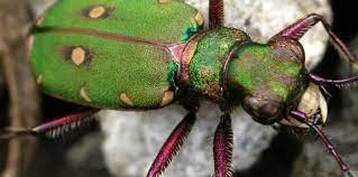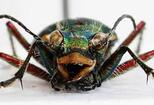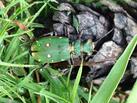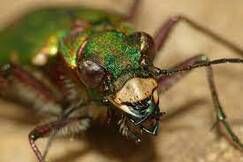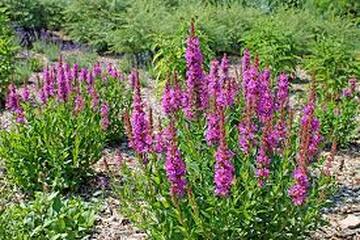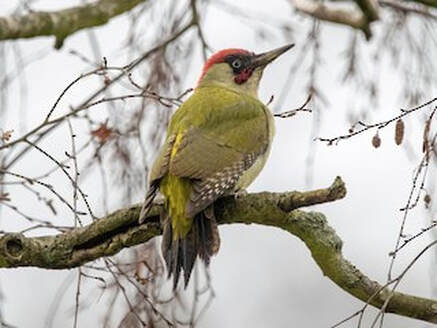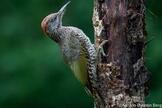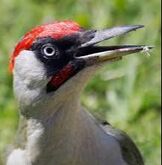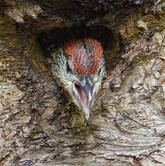Common darter dragonfly (Sympetrum striolatum)Abundant and widespread, it visits gardens and parks until autumn, sometimes far from water, and happily rests on top of any stick, bamboo cane or garden fork. Try positioning a convenient perch to tempt one closer. Males are red, females , golden-brown.
|
Pedunculate oak (Quercus robur)Many of our ancient specimens are not in forests in the modern sense, but stand proud in wood pasture, a traditional landscape where livestock grazed freely among pollarded trees. In this parkland-style setting, they serve as valuable stepping stones for wildlife. The largest may produce over 100,000 acorns.
|
Purple loosestrife (Lythrum salicaria).Growing in lush profusion beside rivers, this gorgeous plant has brilliant magenta flowers. Even its stems, which may reach 1.5m tall, are reddish-purple. Invariably, clumps of purple loosestrife will be buzzing with insect life, but the nectar is well- hidden, so visitors are long-tongued species – mainly bumblebees, butterflies and moths. Another bankside bloom at its best this month is hemp agrimony, whose flowerheads resemble shaggy, pink pompoms.
|
All information from , British wildlife in April | BBC Wildlife Magazine - Discover Wildlife
